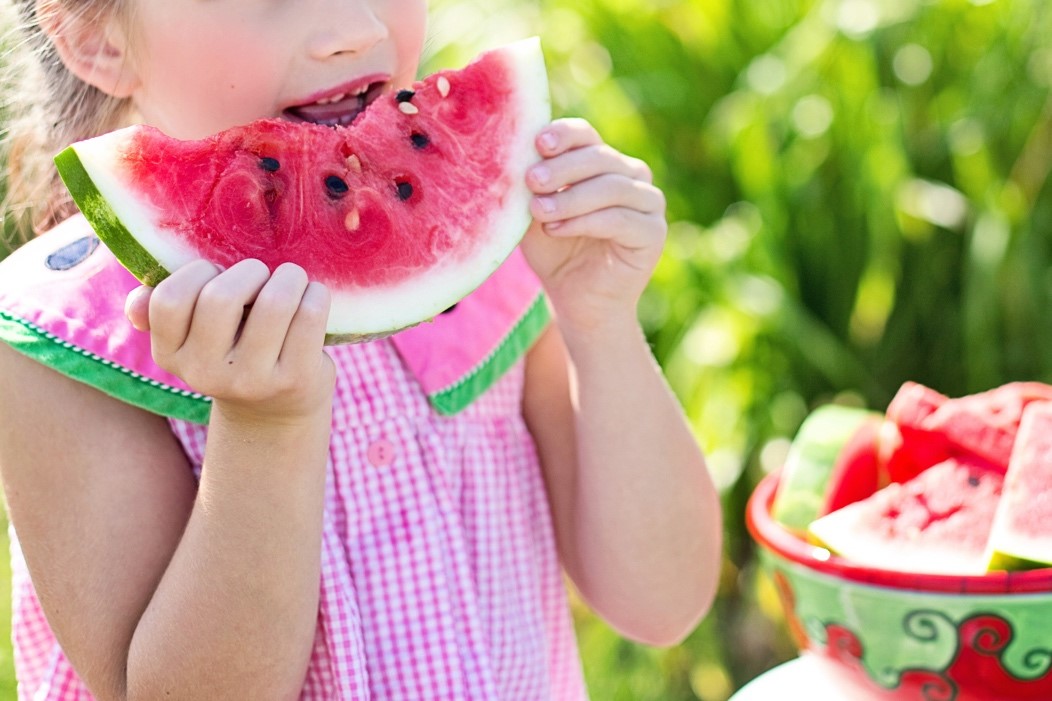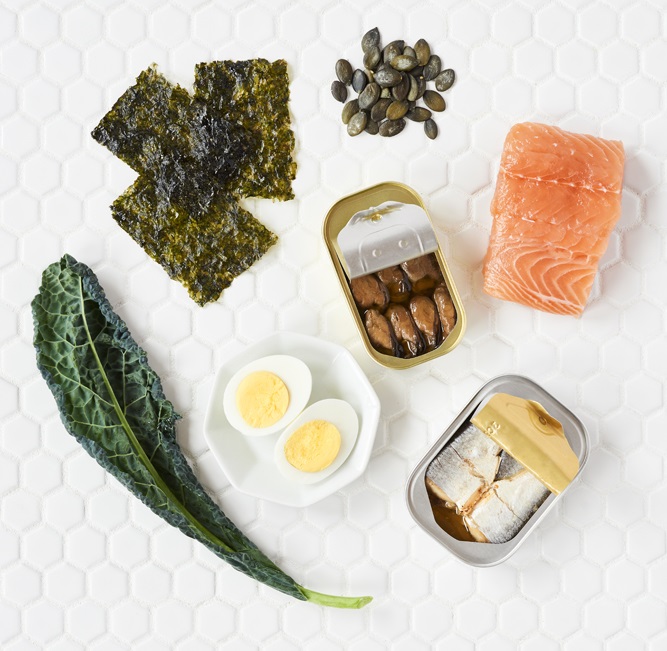March 2nd, 2017
PLEASE Don’t Call Your Child a ‘Picky Eater’
9 Ways to Help a Challenging Eater Improve their Dietary Variety
Would you call your child a “picky eater?”
I can say this is a phrase that I hear a lot… and its usually followed by “le sigh” and a quip about “h/she hates vegetables” or “all s/he will eat is yogurt and pasta”.
I commonly see parents in my practice who are frustrated because their child is choosy at the dinner table. The thing is, it can be very normal for most children to ebb and flow in terms of what they wish to put in their mouths or bodies on a daily, maybe even an hourly schedule; they truly are little taste chameleons when it comes to flavour, texture and touch.
What concerns me the most is when these well-intentioned parents become so frustrated that it seems as though they’ve given up. “She’s a picky eater, don’t even bother putting broccoli on her plate because she won’t eat it.” When this line of thinking becomes typical mealtime conversation, anxiety builds for the parent and the child. Kids can sense this frustration and the issue is likely worsened, potentially becoming a full-blown power battle ensues. Or the opposite can happen, when a parent begins stocking up and serving the foods they know their child will eat, instead of offering foods that have previously dismissed. Slowly and accidentally catering to the child.
I challenge these parents to approach the situation with the perspective that ‘picky eating’ is a family issue, and not a child issue. I also ask, as hard as it seems, NOT to label your child “picky”. The child shouldn’t be singled out. Or labelled. Think about any labels you may have faced as a person in your life; were they helpful? Did they inspire you to change? Did they feel positive? Perhaps some did (“funny”, “great dancer!”) but most didn’t increase your openness to something.
The key in family nutrition is to really open your mind everyday to who your child is that day, not who they have been in challenging moments. What this does is allow for a lower stress level and less anxiety all around, because we have a family managing their expectations of the eating process. Keep in mind that both the other family member’s eating habits and the overall food environment of the household have significant influence on a child’s behaviour. Don’t forget about illness, poor sleep habits, extra-stimulation levels in school and social settings, a super-feeler child, and other changes in a child’s life, which can also influence behaviour, will definitely have impact on food intake.
If a child has mild food aversions, they are likely to grow out of them as they mature. There is a smaller percentage of children that don’t outgrow their anxiety around trying new foods. What we don’t know is what determines whether the habit will persist or not. Some eating habits and food preferences are hereditary, so sometimes it’s not as simple as waiting for your child to grow out of it.
I’ve worked with children that are very sensitive to certain tastes or textures of food, creating anxiety around those foods. A recent study has connected severe selective food choices with underlying behavioural issues, including anxiety and depression. These deeper-rooted issues make the situation more complex and likely play a role in selective eating habits continuing into adulthood.
Ultimately, I urge parents and caregivers to focus on developing a supportive environment that fosters a healthy relationship with food. The following strategies will help to do just that.
Top 9 Tips to Improve a Child’s Dietary Variety:
- Don’t Label: Labelling a child as a ‘picky eater’ creates a discouraging and negative environment. Instead, keep a supportive and encouraging tone. Don’t assume a child will dislike a certain food based on past exposures. Treat each meal as a new experience.
- Chill Out: By approaching meal times with anxiety, caregivers may actually project these feelings onto the child and worsen the situation.
- Eliminate Pressure: Shift the focus of discussion at mealtimes away from who is or isn’t eating what. Hovering won’t help. Create a setting where experimenting with foods is encouraged, but not enforced.
- Be a Role Model: Engage in the behaviour you want to see in the child. If each member of the family is eating the foods that are offered, the child will be more likely to experiment.
- Allow Choice: Always allow the child to choose whether they eat a particular food or not. Don’t resort to pressuring, bartering, rewarding or punishing. You want the child to learn to eat when they’re hungry and not because they have to in order to have dessert.
- Be Consistent: Keep offering foods that didn’t go over well the first time. Space it out by including it in a meal weekly or bi-weekly. It’s not unusual for a child to need to be exposed to the food 15-18 times.
- Introduce Variety: Just because a child didn’t like raw broccoli, doesn’t mean they won’t like roasted broccoli, cream of broccoli soup, or broccoli in a stir fry. You can also increase variety by offering more than one option for vegetables and rotating choices often.
- Offer Equal Portions..eventually:Work up to equal portions of all foods offered, favourites and less favourites together. Repeated offering in the same amount, along with their favourite foods is helpful over time.
- Don’t Cater: Only make one meal for the whole family and don’t serve your child’s favourite food if they refuse to eat what was offered. Get family members involved with meal planning to take everyone’s preferences into account. Just because your child loves pasta, doesn’t mean you should serve it every day. The more you offer variety, the more chances you give baby to engage with different foods. If you only and always offer pasta, this will become the cornerstone of baby’s palate.
Remember, these things take time. Offer baby a less popular food over 18 times to give enough exposure. Deep breaths… children are resilient with enough support! Speaking of which, if you feel you need more help, please do reach out to a registered dietitian such as myself to get support.


